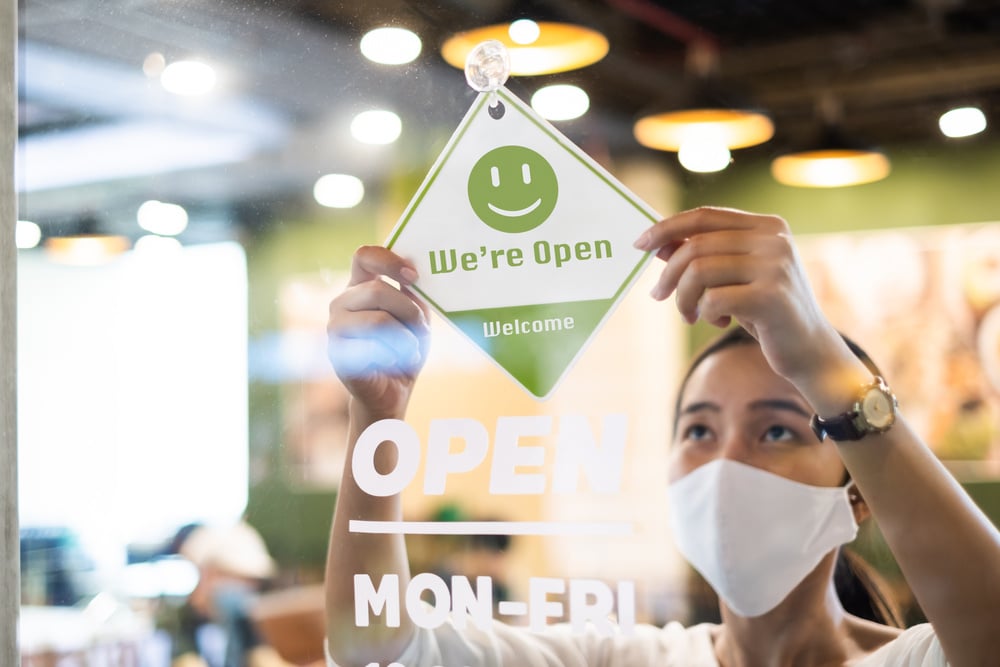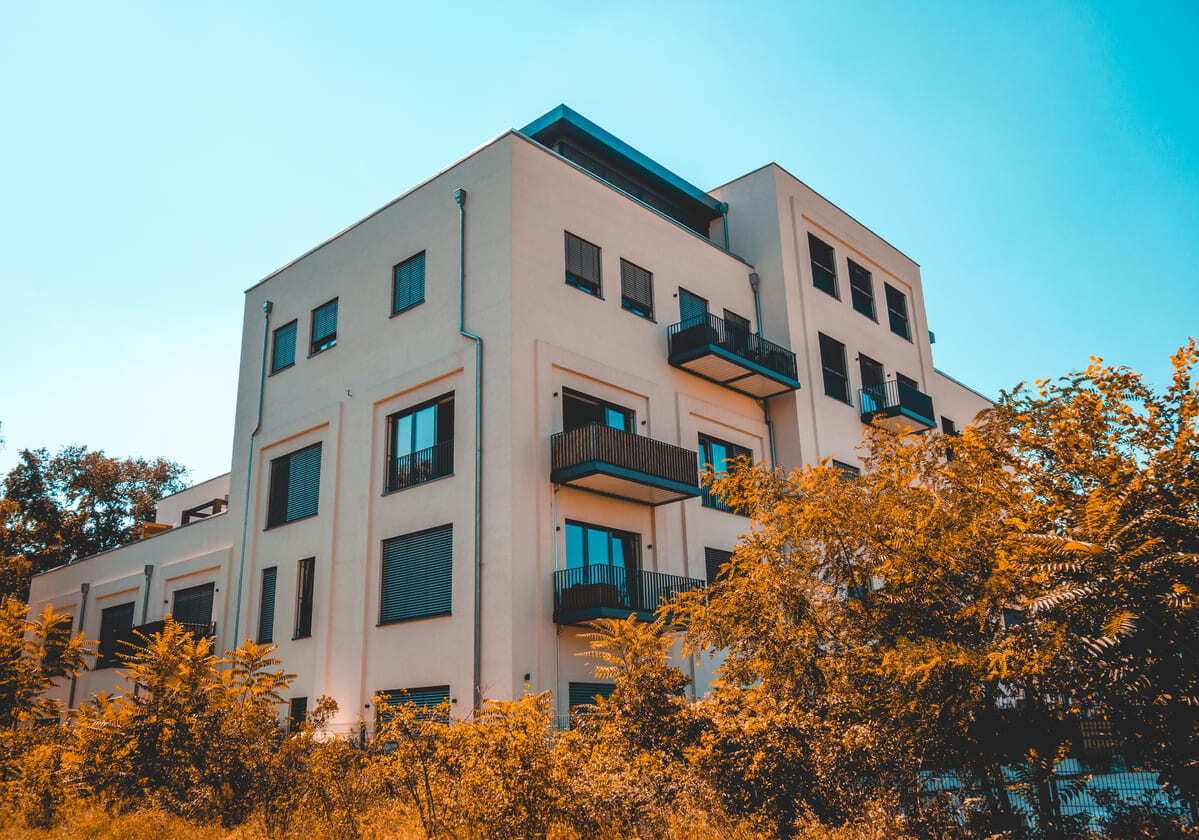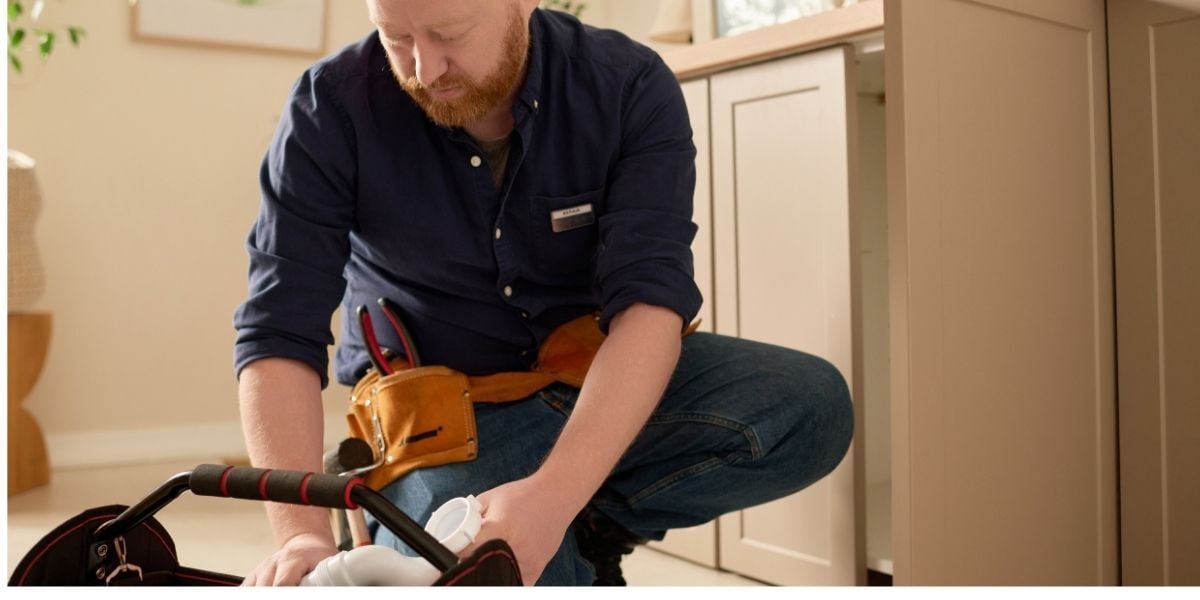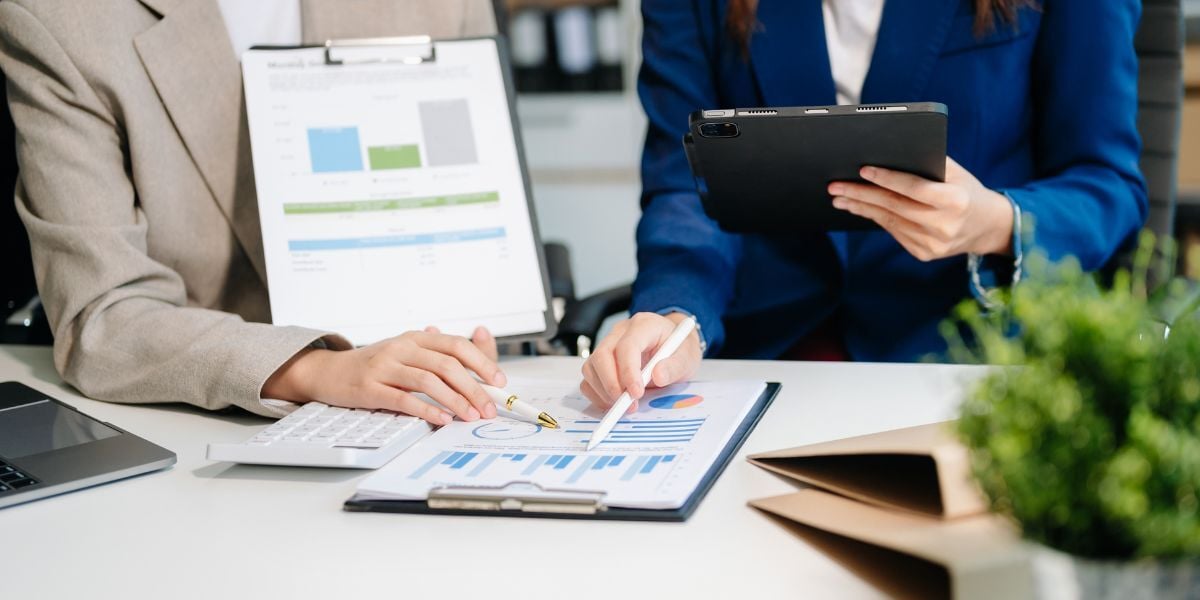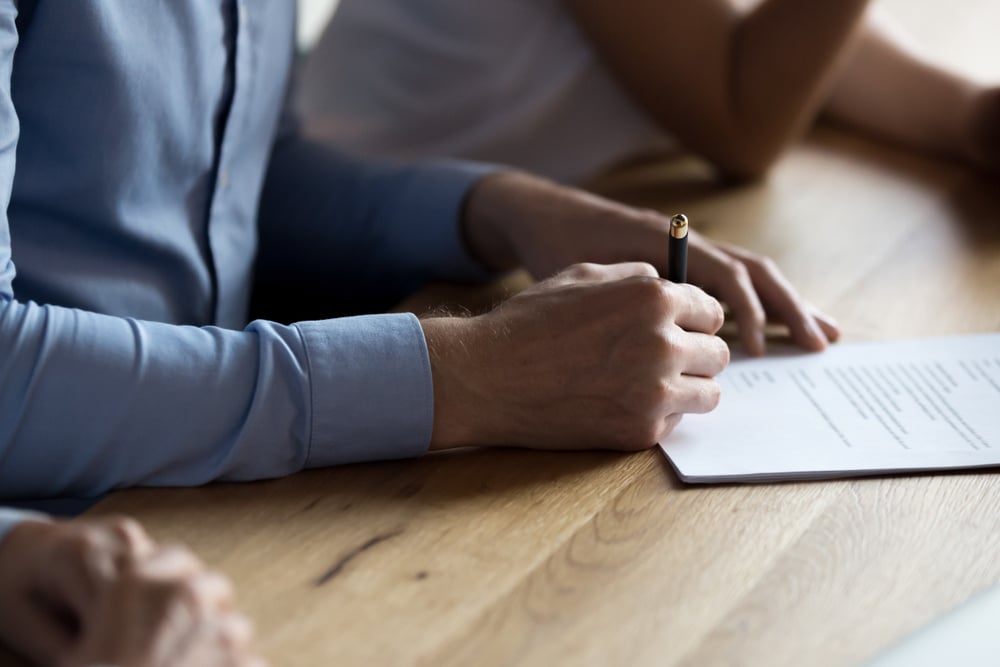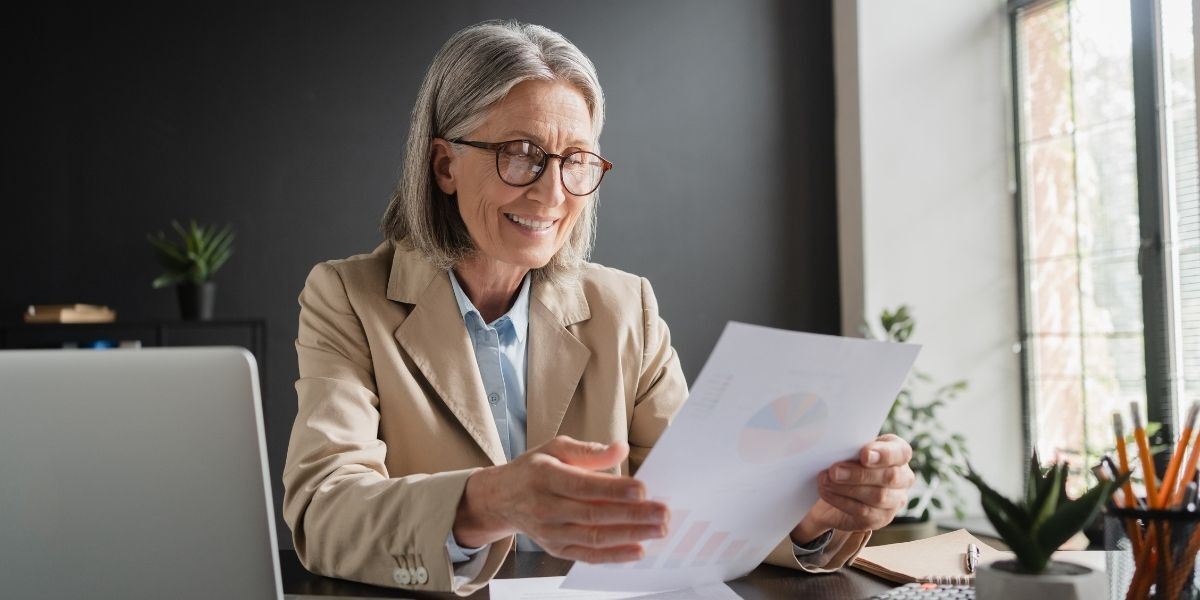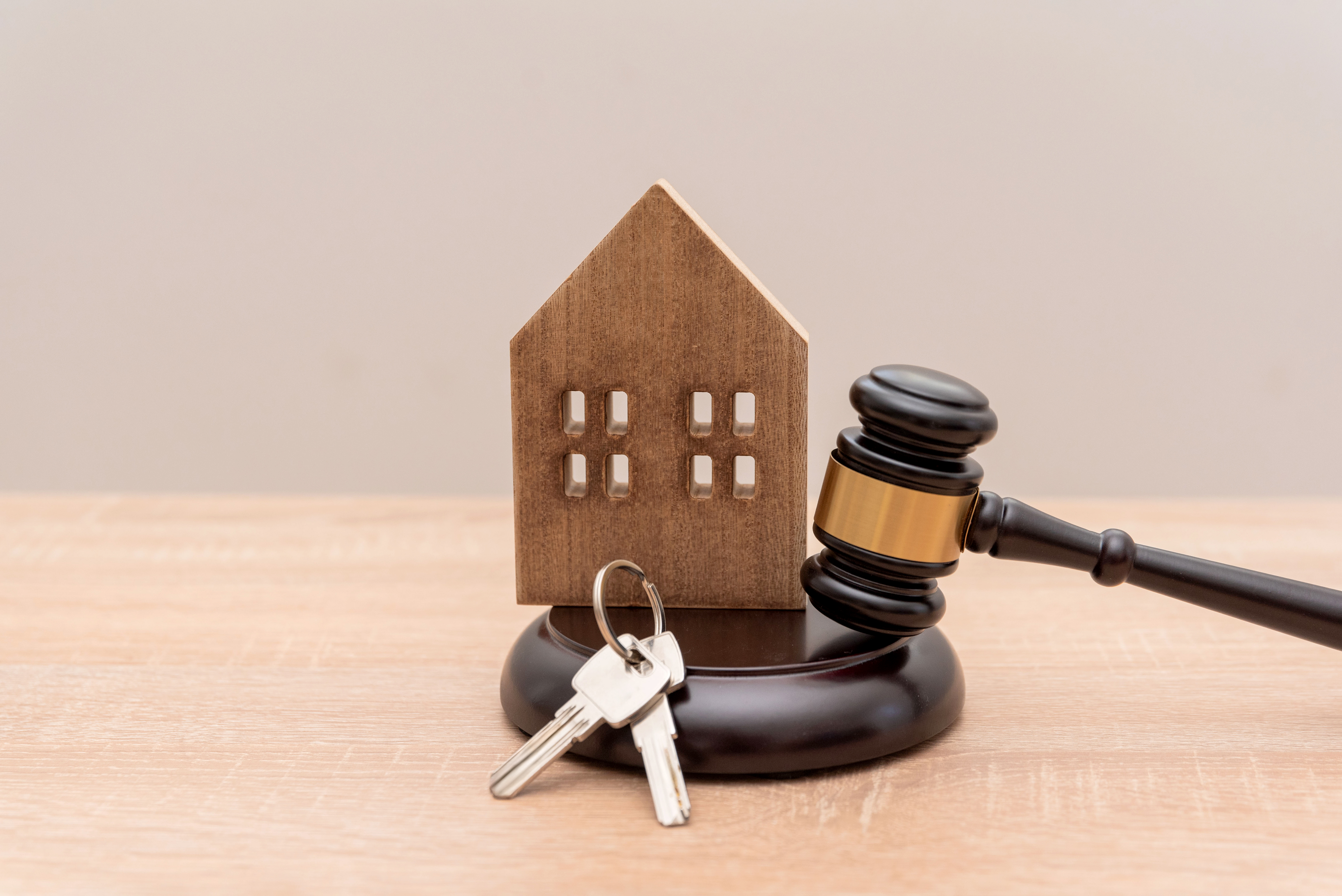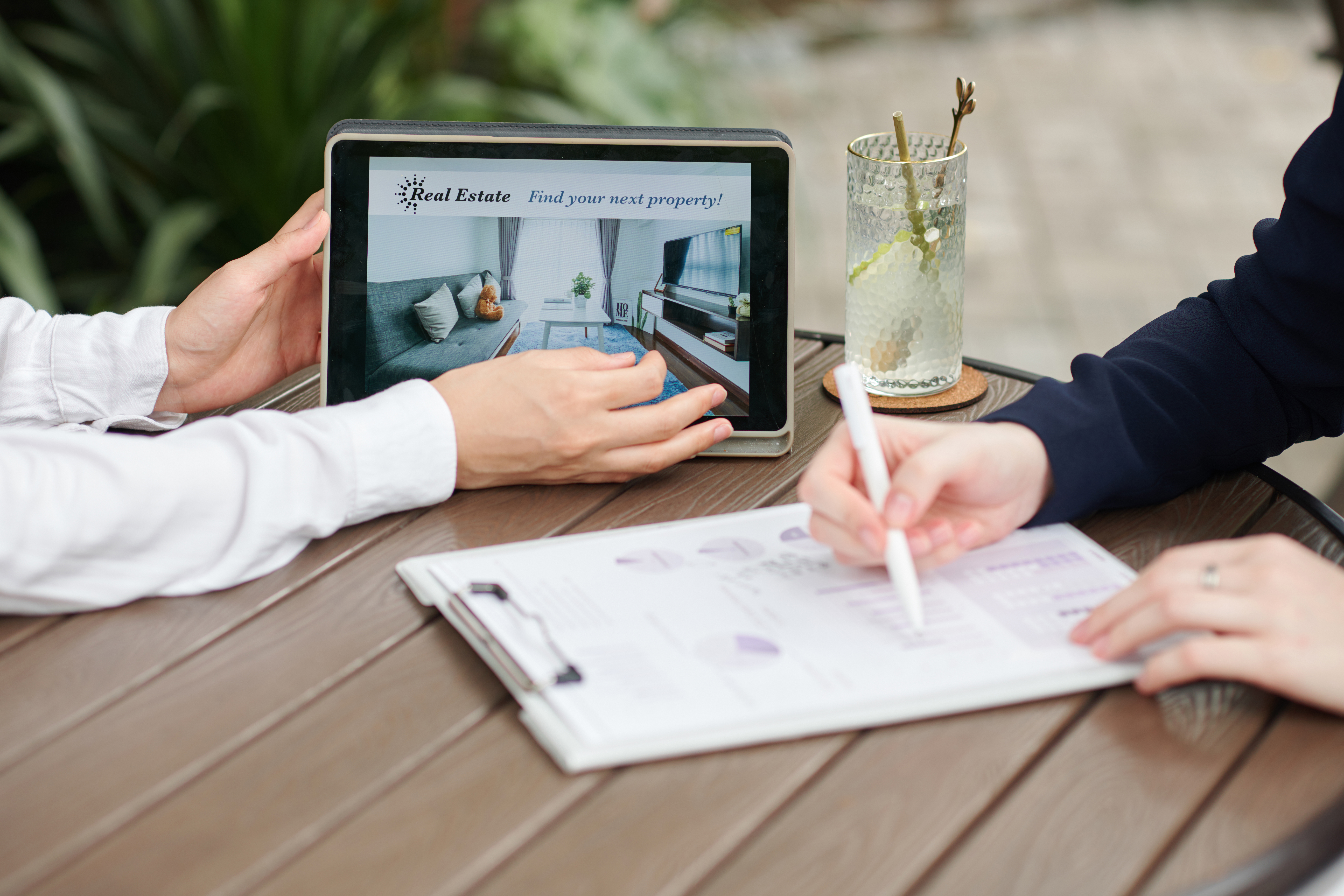
As the coronavirus outbreak spread throughout the globe, public safety measures forced the slowing/closing of economic activity across the board. For the most part, business ground to a halt to stop the spread of COVID-19, with commercial and retail spaces practically abandoned overnight.
Months later, as state and local governments begin to deploy phased-reopening plans, business owners are now tasked with formulating their plans to ensure employees can return to work safely.
This is where a property management company pays real dividends. Buildings that have been vacated (partially or entirely) will need to be cleaned and sterilized to ensure a safe working environment. Overall, the tasks required to ready a commercial space for reopening (after it has been unoccupied due to the coronavirus) fall into two categories –
- What must be done before the building reopening for business?
- What adjustments/modifications must be made to existing operating rules to keep workers safe.
What to do Before Reopening?
Step #1 - Training & Equipping Staff
Keeping your staff & building occupants/tenants safe is the number one priority. Before reopening, building owners must obtain Personal Protective Equipment (PPE)–
- PPE for maintenance and administrative staff includes masks, gloves, and hand sanitizers, etc.
- Cleaning and disinfectant supplies to clean the entire building, plus ongoing maintenance needs to meet enhanced cleaning schedules.
Additionally, it is imperative to properly train staff members in the Occupational Safety & Health Administration (OSHA) & the CDC guidelines. Training ensures staff and building occupants remain safe while working.
Important - Training includes educating employees on what to do should they develop symptoms and suspect they might be sick.
Step #2 - Cleaning & Disinfecting
Maintenance and administrative staff members should be trained to follow the CDC’s detailed guidance regarding the disinfecting and sanitizing of buildings. Cleaning should be done –
- With disposable gloves and done frequently on high-touch surfaces - handles, light switches, faucets, etc.
- Surfaces should be first cleaned and then disinfected.
- Staff members must wash their hands as often as possible for 20 seconds – with soap/water, especially after removing PPE.
The disinfecting of surfaces must be done with CDC-approved disinfectants.
Step #3 – Inspect the Building & Facilities
Prior to reopening, a building's maintenance staff must inspect the facility to determine if any damage happened while the building was vacant and to ensure that the building's major systems are operational. According to the CDC, extended vacancies can cause the buildup of mold and even Legionella bacteria. Major systems that need inspection include –
- Fire/Life Systems
- Water Systems – drains and pipes
- Mechanical Systems, among others
Before reopening a building, it is prudent to start-up the building's systems methodically. Keep the systems running long enough to determine that they are working properly.
Step #4 – Focus on the HVAC Systems
It is especially important to check the HVAC system's performance before reopening an under-used or vacant building. This is important because the HVAC's primary function is to circulate/purify/cool the air throughout the building's interior space. According to the CDC, an HVAC system should run for 2 to 3 days before any building occupants return, which will help mitigate mold exposure.
As the coronavirus spreads through airborne transmission, it is critical to flush air ducts and replace all filters prior to the official reopening date. It is a good idea to increase the system's intake of fresh air. Finally, additional safety measures may be taken by adding supplemental filters or installing ultraviolet light (which acts as a germicide) in the air-handlers.
Modifying Building Operations/Regulations
When temporarily modifying building operations, building managers must communicate effectively and frequently with other staff members and occupants.
Implementing Enhanced Cleaning Procedures
While it is important to thoroughly clean and sanitize prior to reopening, it is equally important to adopt enhanced cleaning procedures after the building reopens. Maintenance and janitorial staff must be trained in methods that comply with the CDC & OSHA guidelines.
Note that tenants may contract their cleaning/janitorial services; those vendors must comply with the CDC & OSHA guidelines. Building owners should also communicate safe hygiene and cleaning practices to tenants.
Facilitating Social Distancing
Building managers and maintenance personnel must also facilitate social distancing to maximize occupant safety. Consider placing signs in key locations as reminders of safe hygiene and social-distancing practices. Other options to reduce the need to touch high-touch surfaces –
- Temporary signage that indicates six feet of distance and the direction of one-way traffic.
- Placards to remind tenants and visitors to ‘leave the light on.’
- Rearrange common area furniture to facilitate social distancing.
- Hand sanitizer-stands should be strategically placed throughout the building.
Be Prepared for a Possible Second Wave
The reality is, a second wave may force businesses to close temporarily again. Take the time to review how the building transitioned to remote work – when forced to react in surprise, to determine ways to improve the transition, should a second coronavirus wave occur.
Professional property managers are an ideal way to meet government guidelines regarding safety, and to do so in a fast efficient manner.
